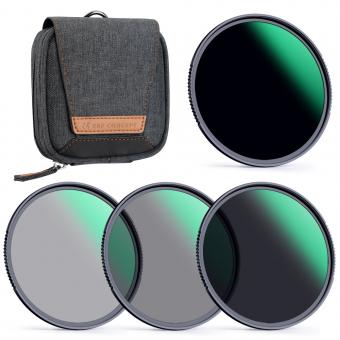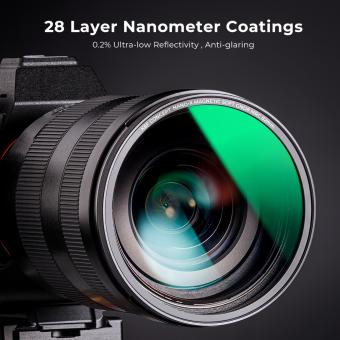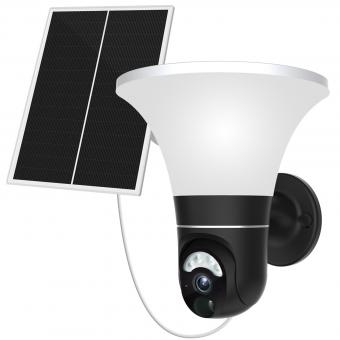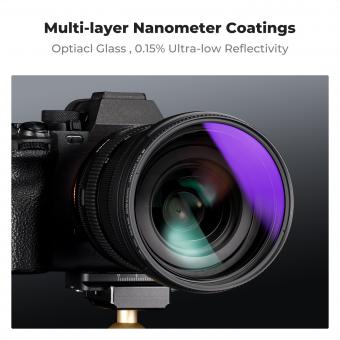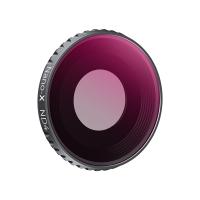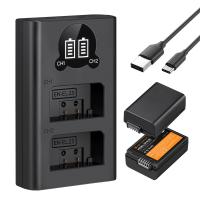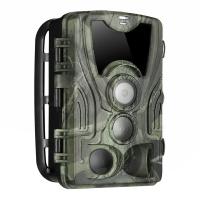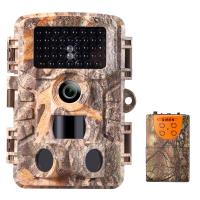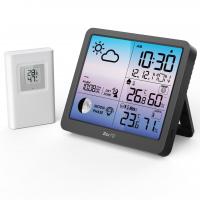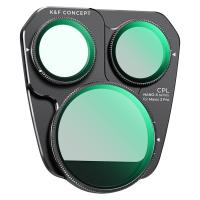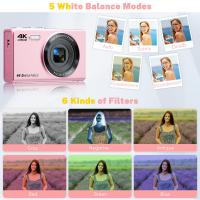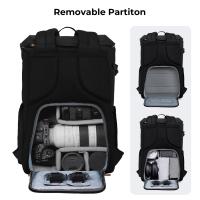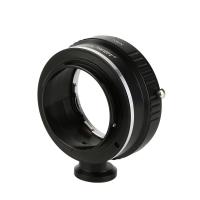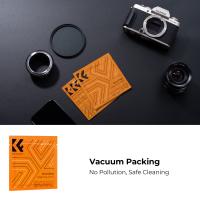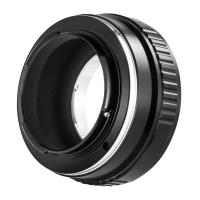What Is A Nd4 Filter Used For?
An ND4 filter is a type of neutral density filter that reduces the amount of light entering the camera lens by four stops. This filter is commonly used in photography and videography to achieve a slower shutter speed or wider aperture in bright lighting conditions. By reducing the amount of light, the ND4 filter allows for longer exposure times without overexposing the image or video. This can be useful for creating motion blur in moving subjects, such as waterfalls or traffic, or for achieving a shallow depth of field in bright sunlight. The ND4 filter is often used in combination with other ND filters, such as ND8 or ND16, to achieve even longer exposure times or wider apertures in extremely bright conditions.
1、 Photography
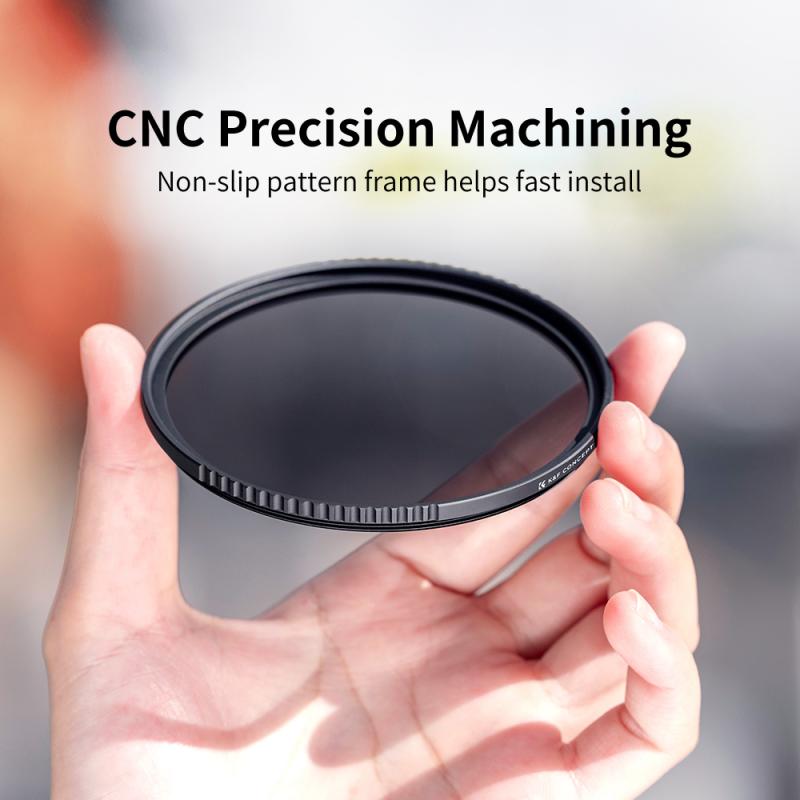
What is an ND4 filter used for? In photography, an ND4 filter is used to reduce the amount of light that enters the camera lens without affecting the color or quality of the image. This is achieved by blocking out a certain amount of light, allowing the photographer to use a slower shutter speed or wider aperture in bright conditions. This can be particularly useful in landscape photography, where a slower shutter speed can be used to create a sense of motion in water or clouds, or in portrait photography, where a wider aperture can be used to create a shallow depth of field and blur the background.
In recent years, ND filters have become increasingly popular among photographers and videographers, particularly those who shoot with drones or other aerial platforms. This is because they allow for smoother, more cinematic footage by reducing the amount of light that enters the camera and preventing overexposure. ND filters are also commonly used in time-lapse photography, where a slow shutter speed is required to capture the movement of clouds or stars over a long period of time.
Overall, an ND4 filter is a versatile tool that can help photographers and videographers achieve a range of creative effects in a variety of shooting conditions. Whether you're shooting landscapes, portraits, or aerial footage, an ND filter is a valuable addition to any photographer's kit.
2、 Light reduction
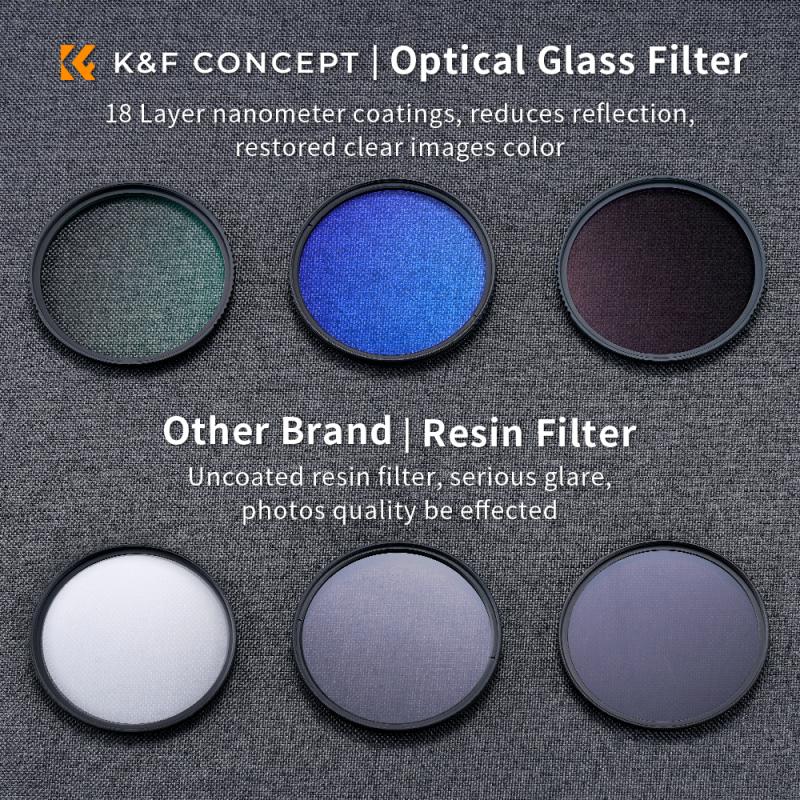
What is an nd4 filter used for? An nd4 filter is a type of neutral density filter that is used to reduce the amount of light that enters the camera lens. This is achieved by blocking some of the light that enters the lens, which allows for longer exposure times without overexposing the image. ND filters are commonly used in landscape photography to capture long exposures of waterfalls, rivers, and other moving water bodies. They are also used in portrait photography to create a shallow depth of field in bright sunlight.
In recent years, the use of ND filters has become increasingly popular in videography. Filmmakers use ND filters to achieve a cinematic look by shooting at a slower shutter speed, which creates motion blur and a more natural-looking motion. ND filters are also used to maintain a consistent exposure when shooting in changing lighting conditions, such as when shooting outdoors on a sunny day.
Overall, an nd4 filter is a versatile tool that can be used in a variety of photography and videography situations. It allows photographers and videographers to have more control over their exposure settings and create unique and creative images and videos.
3、 Neutral density
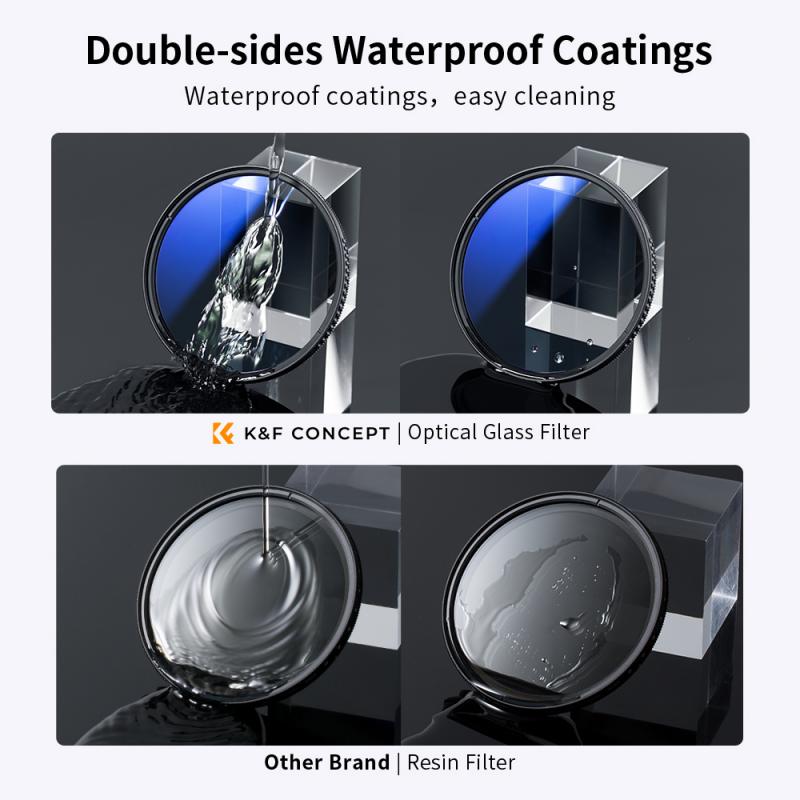
A ND4 filter is a type of neutral density filter that is used in photography and videography to reduce the amount of light that enters the camera lens without affecting the color or contrast of the image. This is achieved by using a filter that is made of a material that absorbs light evenly across the visible spectrum, such as glass or plastic.
The primary use of an ND4 filter is to allow photographers and videographers to use slower shutter speeds or wider apertures in bright lighting conditions, without overexposing the image. This is particularly useful for landscape photography, where a slower shutter speed can be used to create a sense of motion in water or clouds, or for portrait photography, where a wider aperture can be used to create a shallow depth of field and blur the background.
In recent years, there has been a growing trend towards using ND filters for creative purposes, such as creating long exposure images of cityscapes or capturing the movement of crowds in busy public spaces. Some photographers and videographers also use ND filters to achieve a more cinematic look in their work, by reducing the amount of light and creating a more dramatic contrast between light and shadow.
Overall, the ND4 filter is a versatile tool that can be used in a variety of different ways to enhance the creative possibilities of photography and videography.
4、 Long exposure

A nd4 filter is a type of neutral density filter that is used to reduce the amount of light that enters the camera lens. This filter is commonly used in photography to achieve long exposure shots, especially in bright daylight conditions. The nd4 filter is designed to reduce the amount of light that enters the camera lens by four stops, which means that it allows only 1/16th of the light to pass through the lens.
Long exposure photography is a technique that involves using a slow shutter speed to capture a stationary subject while allowing the movement of other elements in the scene to create a sense of motion. This technique is commonly used in landscape photography to capture the movement of water, clouds, and other natural elements. The nd4 filter is essential in achieving long exposure shots in bright daylight conditions because it reduces the amount of light that enters the camera lens, allowing for longer shutter speeds without overexposing the image.
In recent years, the use of nd4 filters has become increasingly popular in videography as well. Filmmakers use nd4 filters to achieve a shallow depth of field and to create a cinematic look in their videos. The use of nd4 filters in videography also allows for smoother and more natural-looking footage by reducing the amount of light that enters the camera lens.
In conclusion, the nd4 filter is an essential tool for photographers and videographers who want to achieve long exposure shots or create a cinematic look in their videos. Its ability to reduce the amount of light that enters the camera lens makes it an indispensable tool for achieving high-quality images and videos in bright daylight conditions.

